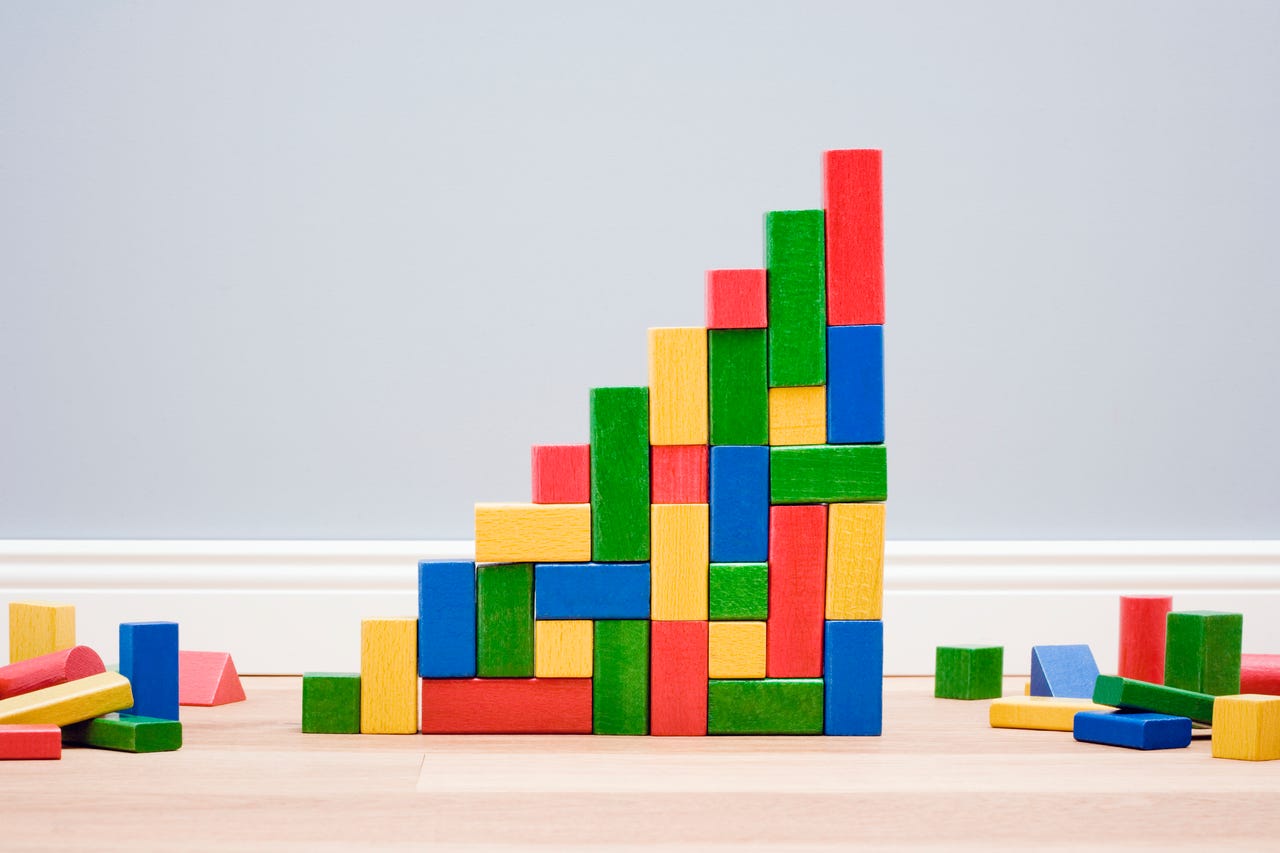'ZDNET Recommends': What exactly does it mean?
ZDNET's recommendations are based on many hours of testing, research, and comparison shopping. We gather data from the best available sources, including vendor and retailer listings as well as other relevant and independent reviews sites. And we pore over customer reviews to find out what matters to real people who already own and use the products and services we’re assessing.
When you click through from our site to a retailer and buy a product or service, we may earn affiliate commissions. This helps support our work, but does not affect what we cover or how, and it does not affect the price you pay. Neither ZDNET nor the author are compensated for these independent reviews. Indeed, we follow strict guidelines that ensure our editorial content is never influenced by advertisers.
ZDNET's editorial team writes on behalf of you, our reader. Our goal is to deliver the most accurate information and the most knowledgeable advice possible in order to help you make smarter buying decisions on tech gear and a wide array of products and services. Our editors thoroughly review and fact-check every article to ensure that our content meets the highest standards. If we have made an error or published misleading information, we will correct or clarify the article. If you see inaccuracies in our content, please report the mistake via this form.
What are Google Docs Building Blocks, and how do you use them?


Google is always thinking of ways to improve your experience with its cloud-based office suite. And with every new iteration, the tools become more and more useful.
A case in point is Building Blocks. This is yet another new feature added to Docs, which gives you an assist on creating things like Meeting Notes, Email Drafts, Product Roadmaps, Review Trackers, Project Assets, and Content Trackers.
Also: This handy Google Docs feature help writers stay focused
The Email Draft feature alone is worth using, as it not only allows you to take advantage of the usual Docs tools, but it also means you can compose your emails in a more comfortable environment. Instead of drafting your emails in the small compose window, you have the entire Docs window to use.
Let me show you how to make use of Google Docs Building Blocks.
How to use Google Docs Building Blocks
What you'll need: The only things you'll need for this feature are a valid Google account and a web browser. That's it. Let's use Building Blocks.
1. Open a new Google document
The first thing you want to do is log in to your Google account from your default browser. Google Docs Building Blocks works in most web browsers. The only exception is that Building Blocks doesn't seem to be available on the mobile version of Google Docs. Maybe Google will roll out the feature to the mobile version at some point. In the meantime, stick with your desktop browser.
Also: Are your Google Docs safe from AI training?
Once you've opened Google Docs or Google Drive, create a new Google Document.
2. Choose your Building Block
At the top of the new document, you'll see three 'pills', which are Meeting motes, Email draft, and More. For our purposes, click Email draft.
If you click More, a Search Menu will appear, where you can select from even more Building Blocks.
3. Create your draft
After clicking Email draft, the Building Block will appear in the document. Compose the email exactly how you want.
Creating an email draft with Building Blocks is easy. It's also possible to then use these drafts as handy templates.
4. Send your email
When you finish composing the email, click the blue Gmail 'M' at the top-right corner and a new popup will appear. If you're certain the email is ready, click Send and you're done.
After clicking Send, the popup will disappear.
5. Give the document a name
Here's another benefit of using Building Blocks. After sending the email, give the original document a name and it will be saved in the folder from which it was created. You can then use that document as a template for emails.
Also: How to change the task overdue sound on Google Calendar so you never miss a deadline
You might have to send similar emails to the same or different recipients, and having a draft ready makes that task considerably easier.
There are two other ways to add Building Blocks to a document.
Also: My favorite keyboard shortcut of all time (and it works on every browser)
The first way is from the Insert menu. Click Insert > Building Blocks and select the block you want to add.
Adding a Building Block from the Docs Insert menu.
The final method of adding Building Blocks to a document is to type the @ symbol and select the block you want from the popup menu.
You can add a Building Block to any part of your document with this method.
And that's all there is to using the new Google Docs Building Blocks feature. This addition to Docs can really empower your workflow to make it more efficient and repeatable.